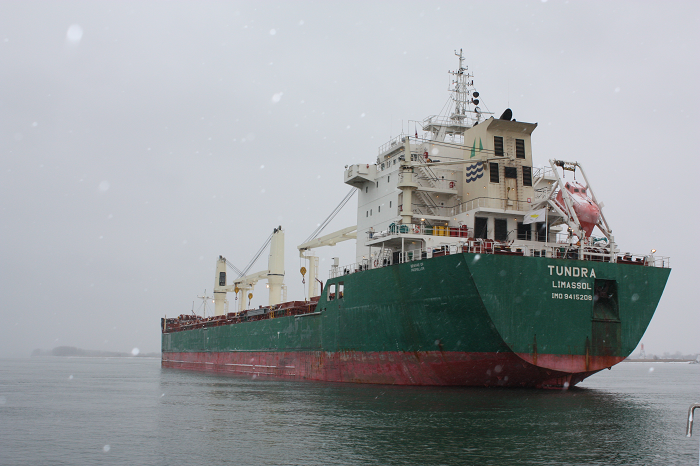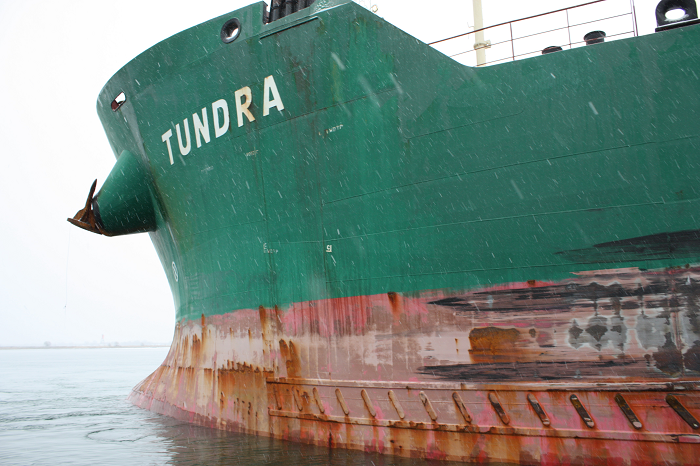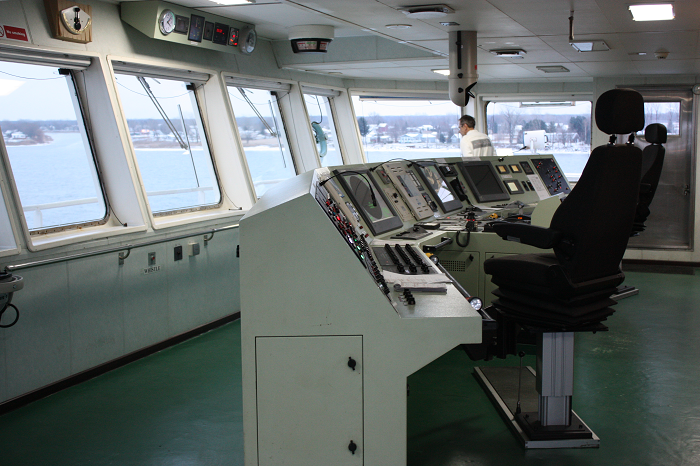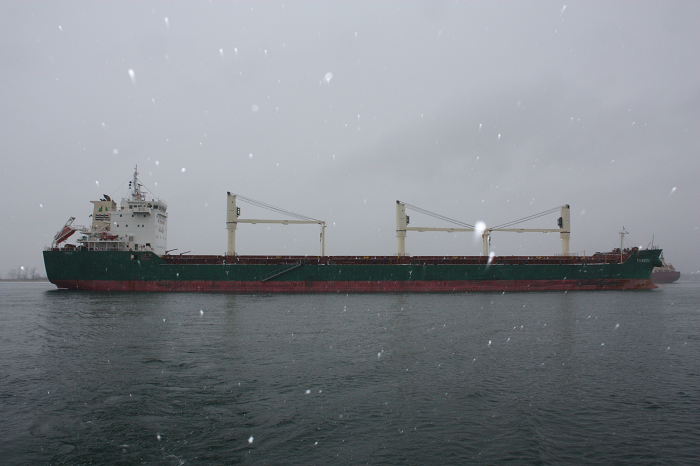Grounding
Bulk carrier Tundra
Sainte-Anne-de-Sorel, Quebec
The occurrence
On , the bulk carrier Tundra departed Montréal, Quebec, under the conduct of a pilot, downbound in the St. Lawrence River for Halifax, Nova Scotia. At approximately 2148 Eastern Standard Time, the vessel exited the navigation channel and ran aground off Sainte-Anne-de-Sorel, Quebec. The vessel was refloated on 05 December. No pollution or injuries were reported; however, the vessel sustained minor damage.
Media materials
Deployment notice
Transportation Safety Board of Canada deploys a team to investigate a marine accident near Sorel, Quebec
The Transportation Safety Board of Canada (TSB) is deploying a team of investigators to Sorel, Quebec, where the bulk carrier Tundra ran aground on the St. Lawrence River. The TSB will gather information and assess the occurrence.
Investigation information
M12L0147
Grounding
Bulk carrier Tundra
Sainte-Anne-de-Sorel, Quebec
Download high-resolution photos from the TSB Flickr page.
Class of investigation
This is a class 3 investigation. These investigations analyze a small number of safety issues, and may result in recommendations. Class 3 investigations are generally completed within 450 days. For more information, see the Policy on Occurrence Classification.
TSB investigation process
There are 3 phases to a TSB investigation
- Field phase: a team of investigators examines the occurrence site and wreckage, interviews witnesses and collects pertinent information.
- Examination and analysis phase: the TSB reviews pertinent records, tests components of the wreckage in the lab, determines the sequence of events and identifies safety deficiencies. When safety deficiencies are suspected or confirmed, the TSB advises the appropriate authority without waiting until publication of the final report.
- Report phase: a confidential draft report is approved by the Board and sent to persons and corporations who are directly concerned by the report. They then have the opportunity to dispute or correct information they believe to be incorrect. The Board considers all representations before approving the final report, which is subsequently released to the public.
For more information, see our Investigation process page.
The TSB is an independent agency that investigates air, marine, pipeline, and rail transportation occurrences. Its sole aim is the advancement of transportation safety. It is not the function of the Board to assign fault or determine civil or criminal liability.



